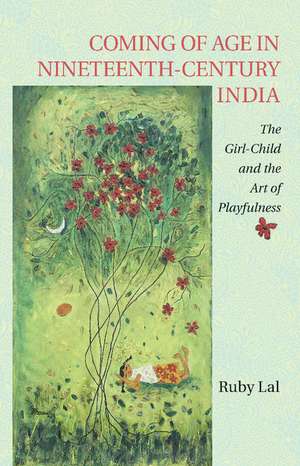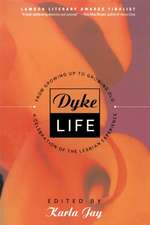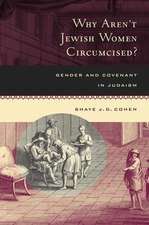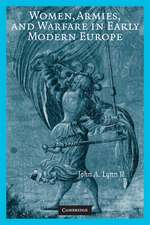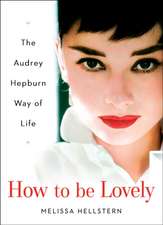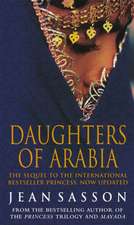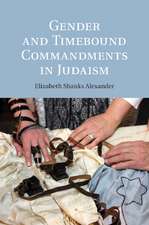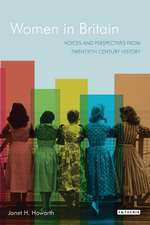Coming of Age in Nineteenth-Century India: The Girl-Child and the Art of Playfulness
Autor Ruby Lalen Limba Engleză Paperback – 4 mar 2015
| Toate formatele și edițiile | Preț | Express |
|---|---|---|
| Paperback (1) | 282.87 lei 6-8 săpt. | |
| Cambridge University Press – 4 mar 2015 | 282.87 lei 6-8 săpt. | |
| Hardback (1) | 691.66 lei 6-8 săpt. | |
| Cambridge University Press – 17 feb 2013 | 691.66 lei 6-8 săpt. |
Preț: 282.87 lei
Nou
Puncte Express: 424
Preț estimativ în valută:
54.13€ • 55.93$ • 45.03£
54.13€ • 55.93$ • 45.03£
Carte tipărită la comandă
Livrare economică 19 martie-02 aprilie
Preluare comenzi: 021 569.72.76
Specificații
ISBN-13: 9781107521346
ISBN-10: 1107521343
Pagini: 248
Ilustrații: 4 b/w illus. 2 maps
Dimensiuni: 153 x 210 x 13 mm
Greutate: 0.34 kg
Editura: Cambridge University Press
Colecția Cambridge University Press
Locul publicării:New York, United States
ISBN-10: 1107521343
Pagini: 248
Ilustrații: 4 b/w illus. 2 maps
Dimensiuni: 153 x 210 x 13 mm
Greutate: 0.34 kg
Editura: Cambridge University Press
Colecția Cambridge University Press
Locul publicării:New York, United States
Cuprins
1. Texts, spaces, histories; 2. The woman of the forest; 3. The woman of the school; 4. The woman of the household; 5. The woman of the rooftops.
Recenzii
'Learned, experimental, and engagingly ambitious, Lal's book is a must-read for scholars of gender and sexuality in South Asia.' Anjali Arondekar, The Journal of Asian Studies
'Lal's excavation of an archive of largely unknown or untranslated texts, and her provocative analysis of them, makes this book well worth reading for those interested in the period and issues she discusses, in India or beyond.' Ruth P. Feingold, Journal of British Studies
'The 'art of playfulness' as a central trope in literary analysis and an emphasis on the cherished nature of women's experiences is a noteworthy exercise in any scholarship … Lal's invitation to think about 'fragments of contest and play (within the patriarchal, within the familial) that allow other possibilities, other figures and other histories to emerge' is much welcomed and poses alternate questions for the reading of literature, gender and history in south Asia.' Asiya Alam, Economic and Political Weekly
'Lal's book is a distinct advance in the historiography of 'new patriarchy' and the making of modern Indian womanhood. By foregrounding women's agency and creativity, she makes a definite contribution to the understanding of the female world hitherto unnoticed. Her women figures appear not as mute docile objects of reform but as lively persons creatively using spaces to subvert the constraining norms. The theme of playfulness gives a refreshing quality to her work.' Shadab Bano, Studies in History
'As an ambitious project, interrogating the marginalized figure of the girl-child through imaginative concepts rupturing historical chronology, [this book] will certainly enrich the repertoire of women's history and stimulate further research.' Swapna M. Banerjee, Journal of the History of Childhood and Youth
'Lal's excavation of an archive of largely unknown or untranslated texts, and her provocative analysis of them, makes this book well worth reading for those interested in the period and issues she discusses, in India or beyond.' Ruth P. Feingold, Journal of British Studies
'The 'art of playfulness' as a central trope in literary analysis and an emphasis on the cherished nature of women's experiences is a noteworthy exercise in any scholarship … Lal's invitation to think about 'fragments of contest and play (within the patriarchal, within the familial) that allow other possibilities, other figures and other histories to emerge' is much welcomed and poses alternate questions for the reading of literature, gender and history in south Asia.' Asiya Alam, Economic and Political Weekly
'Lal's book is a distinct advance in the historiography of 'new patriarchy' and the making of modern Indian womanhood. By foregrounding women's agency and creativity, she makes a definite contribution to the understanding of the female world hitherto unnoticed. Her women figures appear not as mute docile objects of reform but as lively persons creatively using spaces to subvert the constraining norms. The theme of playfulness gives a refreshing quality to her work.' Shadab Bano, Studies in History
'As an ambitious project, interrogating the marginalized figure of the girl-child through imaginative concepts rupturing historical chronology, [this book] will certainly enrich the repertoire of women's history and stimulate further research.' Swapna M. Banerjee, Journal of the History of Childhood and Youth
Notă biografică
Descriere
In this eloquent history, Ruby Lal traces the lives of nineteenth-century Indian women in their transition from girlhood to maturity.
